Kailash K. Sharma0123706114, 9780123706119, 9780080463841
Table of contents :
Title Page……Page 4
Copyright Page……Page 5
Contents……Page 8
Preface……Page 16
Acknowledgements……Page 18
1.2 Maxwell’s Equations……Page 20
1.3 The Wave Equation……Page 25
1.3.1 Plane Wave Solution……Page 28
1.3.2 Spherical and Cylindrical Wave Solutions……Page 31
1.3.3 Beam-Like Solutions……Page 32
1.4 Homogeneous and Inhomogeneous Waves……Page 37
1.5 Energy Density and Poynting Vector……Page 40
1.6.1 Continuity of the Normal Components……Page 42
1.6.2 Continuity of the Tangential Components……Page 43
1.7 Reflection and Transmission at a Boundary……Page 44
1.7.1 External Reflections……Page 49
1.7.2 Reflectance and Transmittance……Page 52
1.7.3 Internal Reflections……Page 55
1.7.4 Frustrated Total Internal Reflection……Page 59
1.7.5 Reflection from a Metallic Surface……Page 61
1.8 Passage of Light through a Prism……Page 63
1.9 Dispersion……Page 69
1.9.1 Dispersion in Dilute Gases……Page 71
1.9.2 Dispersion in Dense Media……Page 72
1.9.3 Group and Signal Velocities……Page 74
1.10 Propagation of light in Anisotropic Media……Page 76
1.10.1 Fresnel Equation……Page 79
1.10.2 Geometrical Constructions……Page 81
1.10.3 Uniaxial Crystals……Page 83
1.10.4 Biaxial Crystals……Page 86
1.10.5 Double Refraction……Page 88
1.10.6 Polarizing Prisms……Page 90
1.12 Problems……Page 92
2.1 Polychromatic Light……Page 96
2.2 Partially Coherent Light……Page 99
2.2.1 Spatial and Temporal Coherence……Page 100
2.3 Complex Coherence Functions……Page 101
2.3.1 Stationary and Time-Averaged Fields……Page 102
2.3.2 Intensity of Polychromatic Light……Page 103
2.4 Self Coherence……Page 105
2.4.1 Complex Degree of Self Coherence……Page 107
2.4.2 Fourier Transform Spectroscopy……Page 113
2.5 Mutual Coherence……Page 115
2.5.1 Complex Degree of Mutual Coherence……Page 118
2.5.2 Coherence of Light from an Extended Source……Page 121
2.5.3 Michelson Stellar Interferometer……Page 123
2.6 Van Cittert-Zernike Theorem……Page 125
2.6.1 Incoherent Quasi-monochromatic Source of Circular Cross-Section……Page 128
2.6.2 Area of Coherence……Page 130
2.7 Intensity Correlations……Page 131
2.7.1 Hanbury Brown and Twiss Experiment……Page 132
2.7.2 Photon Statistics……Page 133
2.8 References……Page 135
2.9 Problems……Page 136
3.1.1 Linear Polarization……Page 140
3.1.2 Elliptical and Circular Polarizations……Page 142
3.1.3 Helicity of Light Waves……Page 144
3.2 The Polarization Ellipse……Page 146
3.3.1 The Jones Vecctors……Page 148
3.3.2 Jones Matrices for Linear Optical Devices……Page 153
3.4 The Stokes Parameters……Page 158
3.4.1 Monochromatic Light……Page 160
3.4.2 Quasi-monochromatic Light……Page 161
3.4.3 Completely Unpolarized Light……Page 163
3.4.4 Mixture of Mutually Incoherent Light Fields……Page 164
3.4.5 Geometrical Interpretation of Stokes Parameters……Page 166
3.5 The Poincaré Sphere……Page 167
3.6 Mueller Matrices……Page 169
3.6.1 Linear Polarizer……Page 170
3.6.2 Phase Retarder……Page 171
3.7 The Coherency Matrix……Page 172
3.8 Pancharatnam Theorem……Page 174
3.10 Problems……Page 175
4.1 Introduction……Page 178
4.1.1 Paraxial Approximation……Page 179
4.2 Ray Matrix Approach to Gaussian Optics……Page 180
4.2.1 The Lens Matrix……Page 182
4.2.2 Cardinal Points of a Lens……Page 187
4.2.3 Ray Transformation between Principal Planes……Page 191
4.2.4 Ray Matrix for Image Formation……Page 196
4.2.5 Ray Tracing……Page 202
4.2.6 Ray Matrix for Reflection……Page 203
4.3.1 Apertures and Stops……Page 206
4.3.2 Single Lens Magnifier……Page 208
4.3.3 Single Lens Camera……Page 211
4.3.4 Two-Lens Optical Systems……Page 212
4.3.5 The Microscope……Page 214
4.3.6 The Telescope……Page 218
4.3.7 Telephoto Lens……Page 221
4.4 Optics of a Laser Cavity……Page 223
4.5 Optics of the Human Eye……Page 228
4.5.1 Defects of the Human Eye……Page 230
4.6 Cylindrical Lens……Page 231
4.8 Problems……Page 232
5.1 Stigmatic Image……Page 236
5.2 Aplanatic Points……Page 237
5.3 Image Formation with Non-paraxial Rays……Page 238
5.3.1 Tangential and Sagittal Planes……Page 240
5.4 Wavefront Aberration Function……Page 241
5.4.1 Ray Deviations……Page 245
5.4.2 Focusing Errors……Page 247
5.5.1 Spherical Aberration……Page 249
5.5.2 Coma……Page 253
5.5.3 Astigmatism……Page 260
5.5.4 Field Curvature……Page 265
5.5.5 Distortion……Page 267
5.6 Chromatic Aberration……Page 268
5.8 Problems……Page 271
6.1 Interference……Page 274
6.2 Two-Wave Interference……Page 275
6.2.1 Interference by Division of Wavefront……Page 280
6.2.2 Interference by Division of Amplitude……Page 282
6.2.3 Testing Flatness of Surfaces……Page 285
6.3 Interference with Extended Sources……Page 287
6.3.1 Haidinger Fringes……Page 288
6.3.2 Fizeau Fringes……Page 290
6.3.3 Newton’s Rings……Page 291
6.3.4 Straight Fringes……Page 293
6.4.1 Michelson Interferometer……Page 294
6.4.2 Twyman–Green Interferometer……Page 299
6.4.3 Mach–Zehnder Interferometer……Page 301
6.5 Multi-wave Interference……Page 302
6.5.1 Intensity Distribution in Multi-wave Interference……Page 304
6.6 Fabry–Perot Interferometer……Page 308
6.6.1 Widths of Transmission Peaks……Page 310
6.6.2 Fabry–Perot Interferometer as a Spectrometer……Page 312
6.6.3 Free Spectral Range……Page 315
6.6.4 Spectral Resolution……Page 316
6.7 Lummer–Gehrcke Plate……Page 319
6.8.1 Single Layer Optical Coatings……Page 320
6.8.2 Multi-layer Optical Coatings……Page 324
6.8.3 Anti-Reflection Coatings……Page 331
6.8.4 High Reflectance Coatings……Page 332
6.8.5 Narrow Band Interference Filters……Page 333
6.9 References……Page 334
6.10 Problems……Page 335
7.1 Introduction……Page 338
7.2 Huygens’ Principle……Page 339
7.3 Huygens–Fresnel Theory……Page 340
7.4 Kirchhoff ’s Diffraction Theory……Page 341
7.4.1 Kirchhoff’s Boundary Conditions……Page 344
7.4.2 Fresnel–Kirchhoff Diffraction Formula……Page 346
7.5 Regimes of Diffraction……Page 352
7.6 Babinet’s Principle……Page 354
7.7 References……Page 356
7.8 Problems……Page 357
8.1 Near-Field Diffraction……Page 358
8.2 Rectangular Aperture……Page 360
8.2.1 The Cornu Spiral……Page 363
8.2.2 Narrow Slit……Page 365
8.2.3 Straight Edge……Page 372
8.2.4 Rectangular Obstacle……Page 374
8.3 Circular Aperture……Page 378
8.3.1 Irradiance at Off-Axial Points……Page 383
8.3.2 The Arago Bright Spot……Page 384
8.4 The Zone Plate……Page 385
8.5 Pin-Hole Camera……Page 388
8.7 Problems……Page 389
9.2 The Fourier Series……Page 392
9.2.1 The Rectangle Wave……Page 394
9.3 Fourier Transforms in One Dimension……Page 398
9.3.1 Fourier Transforms of Simple Functions……Page 401
9.4.1 Properties of the Fourier Transforms……Page 408
9.5 Convolution Operation……Page 411
9.5.1 Convolution as the Area of Products……Page 414
9.5.2 Convolution and Impulse Response……Page 416
9.5.3 Convolution Theorems……Page 418
9.6 Convolution of Discrete Functions……Page 421
9.7 Correlation of Functions……Page 422
9.7.1 Correlation Theorems……Page 424
9.7.2 The Wiener–Khinchin Theorem……Page 425
9.9 Problems……Page 426
10.1 Far-Field Diffraction……Page 430
10.1.1 Fourier Decomposition of Aperture Function……Page 432
10.1.2 Diffraction with a Lens……Page 433
10.2.1 Rectangular Aperture……Page 438
10.2.2 Infinitely Long Slit……Page 441
10.2.3 Circular Aperture……Page 443
10.3 Apodization……Page 447
10.4 The Array Theorem……Page 448
10.4.1 Two-Slit Aperture……Page 450
10.4.2 Three-Slit Aperture……Page 453
10.5 The Diffraction Grating……Page 455
10.5.2 Blazed Grating……Page 459
10.5.3 Resolving Power of a Grating……Page 465
10.5.4 Free Spectral Range……Page 468
10.6 Irregularly Positioned Apertures……Page 469
10.7 Sinusoidal Grating……Page 470
10.8 Two Pin-Holes……Page 471
10.10 Problems……Page 473
11.1 Introduction……Page 478
11.2 Diffraction Theory of Image Formation……Page 480
11.2.1 Image Formation with one Lens……Page 482
11.2.2 Image Formation with Two Lenses……Page 490
11.3.1 Spatial Frequency Filtering……Page 492
11.3.2 Filters for Imaging Phase Objects……Page 497
11.3.3 Complex Filter……Page 500
11.3.4 Matched Filter……Page 506
11.4 Coherent Optical Processing……Page 507
11.5 Incoherent Image Formation……Page 508
11.6 Incoherent Optical Processing……Page 509
11.7.1 Incoherent Object Illumination……Page 512
11.7.2 Coherent Object Illumination……Page 514
11.9 Problems……Page 517
12.1 Introduction……Page 524
12.2 Isoplanatism……Page 525
12.3 Coherent Transfer Function……Page 526
12.4 Optical Transfer Function……Page 529
12.5 OTF of a Diffraction-limited Optical System……Page 531
12.6 Transfer Functions of Aberrated Optical Systems……Page 536
12.6.1 OTF of a Defocused Optical System……Page 538
12.7 Imaging Sinusoidal Object Modulation……Page 540
12.8 Measurement of OTF……Page 543
12.10 Problems……Page 544
13.1 Introduction……Page 548
13.2.1 Hologram Recording……Page 550
13.2.2 Wavefront Reconstruction……Page 553
13.3 Off-Axis Holography……Page 557
13.4 Holography of 3D Objects……Page 561
13.5 Magnification in Holographic Imaging……Page 565
13.5.1 Lensless Fourier Transform Hologram……Page 570
13.5.2 Resolution of a Hologram……Page 572
13.6 Reflection Hologram……Page 573
13.7 Rainbow Holography……Page 577
13.8 Holographic Interferometry……Page 579
13.8.1 Double Exposure Holographic Interferometry……Page 580
13.8.2 Real-Time Holographic Interferometry……Page 582
13.8.3 Time-Average Holographic Interferometry……Page 583
13.9 Holographic Optical Elements……Page 585
13.11 Problems……Page 586
14.1 Introduction……Page 590
14.2 Nonlinear Polarization……Page 592
14.2.1 Second-Order Nonlinear Polarization……Page 594
14.2.3 Higher Order Nonlinear Polarizations……Page 601
14.3.1 Susceptibility Tensors for Negative Frequencies……Page 604
14.3.2 Full Permutation Symmetry……Page 605
14.3.3 Kleinman’s Symmetry……Page 607
14.4 Wave Equation for Nonlinear Media……Page 609
14.5 Second-Order Nonlinear Processes……Page 610
14.5.1 Sum-Frequency Generation……Page 612
14.5.2 Upconversion……Page 618
14.5.3 Second-Harmonic Generation……Page 620
14.5.4 Parametric Amplification……Page 625
14.6 Optical Phase Conjugation……Page 628
14.7 Optical Kerr Effect and Self-Focusing……Page 632
14.8 The Electrooptic Effect……Page 634
14.9 Electrooptic Modulators……Page 637
14.9.1 Electrooptic Intensity Modulator……Page 640
14.9.2 Electrooptic Phase Modulator……Page 642
14.11 Problems……Page 643
Appendix-A……Page 646
Appendix-B……Page 648
Index……Page 650

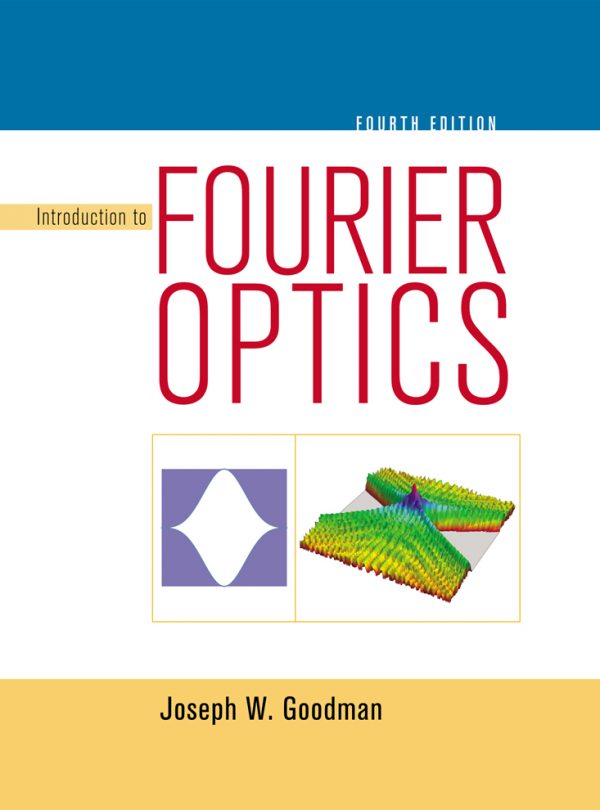
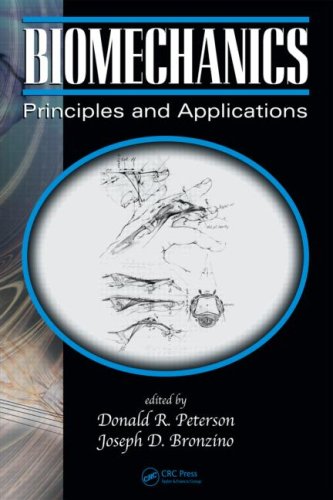
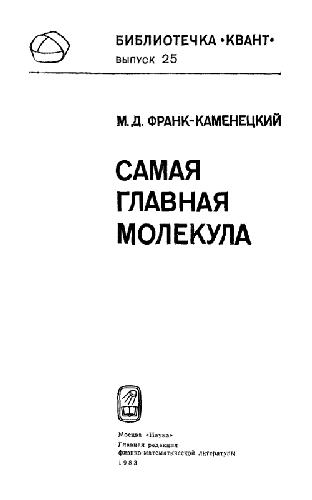
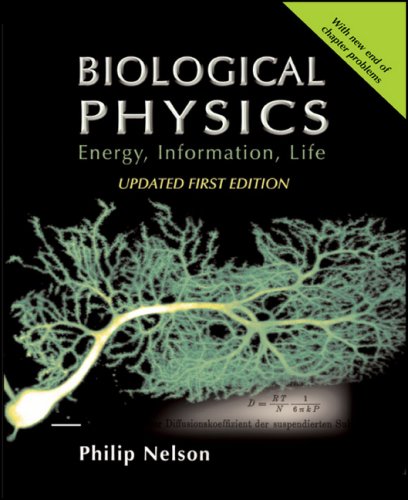
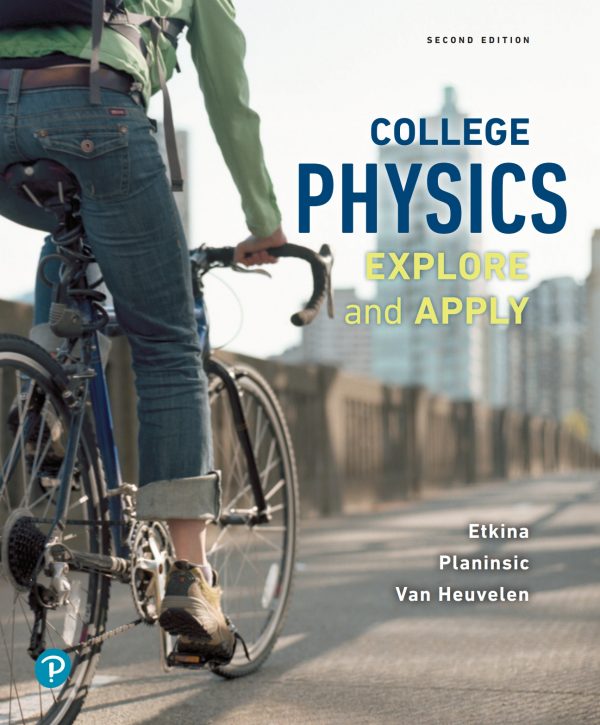
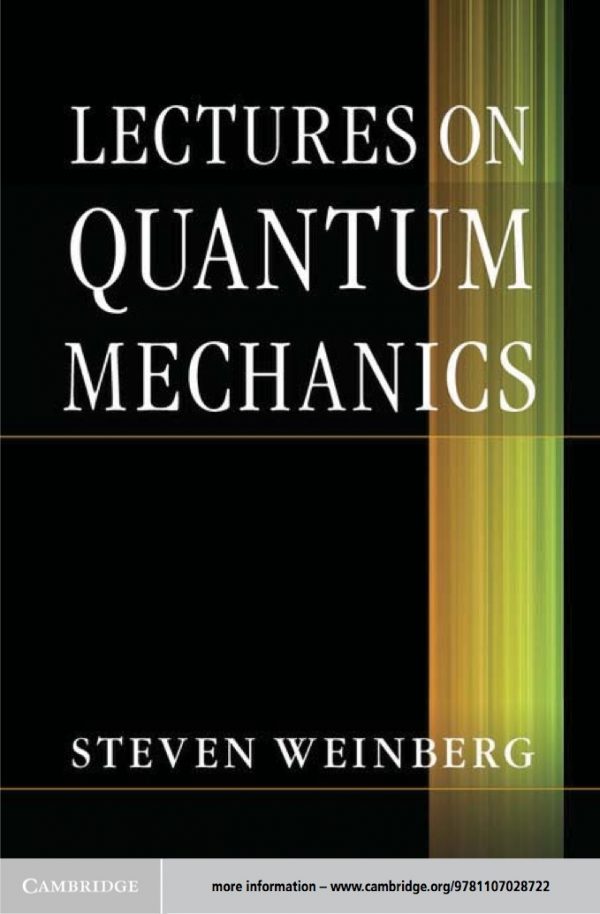
Reviews
There are no reviews yet.